Understanding Vector Network Analyzers (VNA): Principles and Functionality
Vector Network Analyzers (VNAs) are basic in modern electronics, offering precision in measuring complex network parameters beneficial for designing, testing, and optimizing RF systems. Beyond traditional signal analysis, VNAs provide advanced functionalities, ranging from simple reflection measurements to detailed amplitude and phase analyses. These tools are requisite for applications such as component testing and comprehensive multi-port network characterizations.VNAs function by analyzing high-frequency signals to ensure signal integrity and performance under various conditions. This article explores the advanced capabilities of VNAs, showcasing their key role in electronics through enhanced operational techniques, a detailed classification of network analyzers, and comparisons with spectrum analyzers. It also includes insights into VNA mechanics, featuring block diagrams and calibration methods, highlighting their serious role in advancing technology and ensuring the reliability of electronic systems.
Catalog
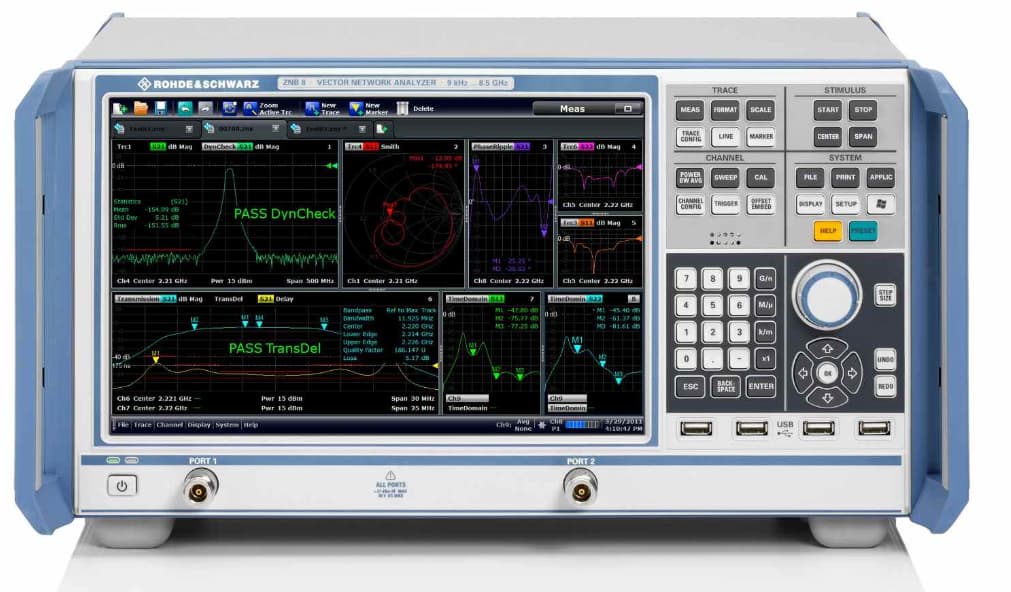
Figure 1: Vector Network Analyzers (VNAs)
Exploring VNA Technology
A Vector Network Analyzer (VNA) is a highly specialized tool designed to evaluate the network characteristics of electronic circuits. It functions by sending a high-frequency signal into a circuit and then analyzing the signal that is returned. This process allows the VNA to capture both the amplitude and phase of the signal across a wide range of frequencies. This precise measurement capability maintains accurate power readings, especially at higher frequencies where traditional methods such as voltage and current measurements become less reliable.
VNAs are equipped with advanced computational features that facilitate a thorough analysis of network parameters, such as insertion loss and return loss. The results of these analyses are typically presented through various graphical formats. For instance, Smith charts are used to visualize complex impedance, while magnitude-phase plots help in understanding how signals behave across different frequencies.
These devices are requisite in the rigorous testing of high-speed systems. They are particularly effective in analyzing complex multi-port networks, including components such as filters, amplifiers, and transmission lines. VNAs are exceptionally well-suited for handling intricate configurations, such as the differential pairs found in PCIe serial links. This makes them a dangerous tool in the design and evaluation of advanced electronic systems.
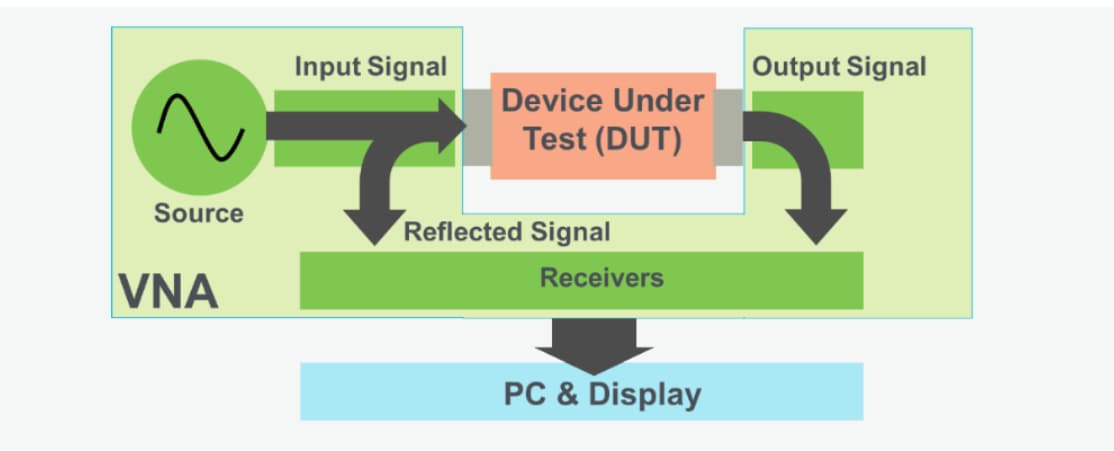
Figure 2: Operation of Vector Network Analyzers (VNAs)
Operation of Vector Network Analyzers (VNAs)
Vector Network Analyzers (VNAs) are useful tools for evaluating the performance of electronic components. Their operation begins with a source module that emits a stimulus signal directed towards the device under test (DUT). As the signal interacts with the DUT, changes occur, which are then captured by receiver modules. The VNA carefully measures both the signals that are reflected from the input and those transmitted through the output. By comparing these altered signals with the original stimulus, the VNA provides precise measurements of the DUT's behavior.
Modern VNAs often feature multipath capabilities, allowing them to send the stimulus signal to several ports simultaneously. This functionality enhances their versatility in a variety of testing configurations. For instance, a basic one-port VNA focuses on measuring only the reflected signals, offering detailed insights into how the signal behaves at the input. In difference, more advanced two-port VNAs can measure both the transmission and reflection of signals at the same time across multiple paths. This multipath capability is particularly useful for analyzing complex scenarios, such as bidirectional signal flow, making VNAs adaptable for a wide range of testing needs—from simple component analysis to more intricate, multi-dimensional evaluations.
Classification and Capabilities of RF Network Analyzers
RF network analyzers are influential in electronics and communication, playing a key role in the development, testing, and maintenance of RF circuits and systems. These analyzers are classified based on their measurement capabilities, which determine their suitability for various applications.
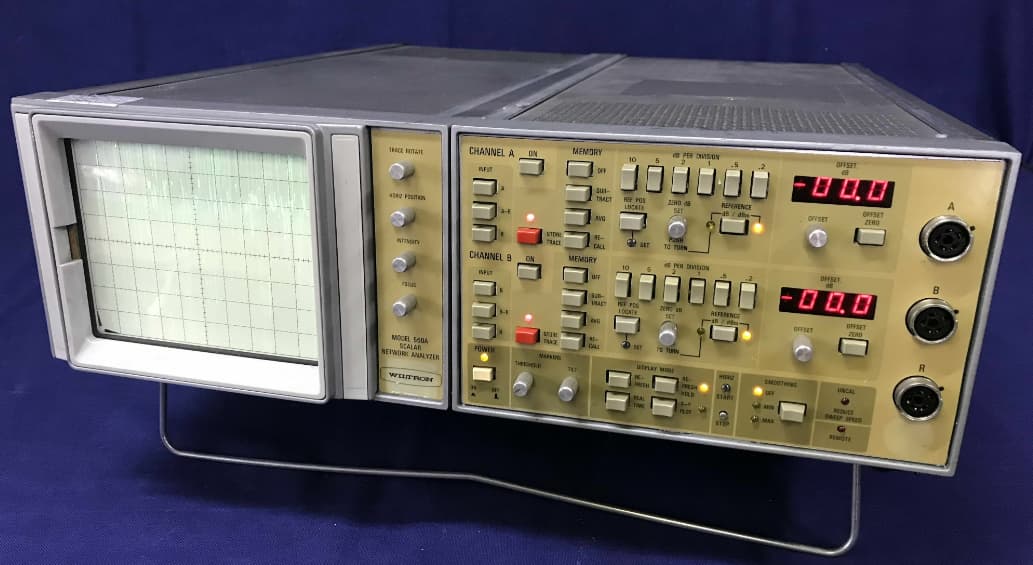
Figure 3: Scalar Network Analyzers (SNAs)
SNAs are designed to measure only the amplitude of signals. They provide information about signal strength but do not capture phase data. SNAs are generally used for basic diagnostic tasks where detailed analysis is needless. Their simplicity makes them ideal for straightforward testing scenarios. SNAs are cost-effective and sufficient for routine testing and educational purposes, making them accessible for basic applications.

Figure 4: Large Signal Network Analyzers (LSNAs)
LSNAs, also known as Microwave Transition Analyzers, are specialized for analyzing RF devices under dynamic, high-amplitude conditions. LSNAs are settling in scenarios that require analyzing the nonlinear behavior and harmonic generation of devices, such as in satellite communications and radar systems. By providing insights into how devices perform under real-world, high-power conditions, LSNAs are requisite for developing robust RF systems.
|
Capabilities of RF Network Analyzers |
|
|
Measurement Types |
RF network analyzers cover a wide range
of measurement capabilities—from the basic amplitude measurements in SNAs to
the more complex vector measurements in VNAs and dynamic large-signal
analysis in LSNAs. This range allows them to handle anything from simple
checks to sophisticated analyses. |
|
Signal Integrity |
Advanced analyzers like VNAs and LSNAs
are serious for maintaining signal integrity in high-frequency components.
They identify issues like impedance mismatches and nonlinearities, which are
dynamic for ensuring optimal performance. |
|
Adaptability |
Modern network analyzers are often
modular, meaning they can be extended or enhanced to meet specific research
or industrial needs. This flexibility makes them valuable in cutting-edge
technology development |
|
Automation and Integration |
Many network analyzers come with software
that supports automated testing and integration with other test systems. This
capability enhances their effectiveness in complex testing environments,
making them basic tools in advanced testing setups. |

Figure 5: RF Network Analyzers and Spectrum Analyzers
RF Network Analyzers vs. Spectrum Analyzers: The Differences
RF network analyzers and spectrum analyzers are both needed tools for examining electronic signals, but they serve different purposes. RF network analyzers actively generate signals to evaluate the performance and integrity of components or entire networks. They provide detailed measurements of both amplitude and phase, which are serious for thoroughly characterizing networks and diagnosing issues. This capability allows for a deep understanding of how a network behaves under various operating conditions.
In difference, spectrum analyzers are designed to observe and analyze external signals. They focus on assessing the properties of the signal spectrum, such as signal strength, frequency distribution, harmonics, and background noise. Unlike RF network analyzers, spectrum analyzers do not generate signals; instead, they measure and analyze signals from external sources. This makes them particularly useful for tasks like monitoring environmental signals or testing for electromagnetic interference.
The distinct functions of these tools highlight their specialized uses. RF network analyzers are ideal for active testing and development of network components, providing insights desired for network design and troubleshooting. On the other hand, spectrum analyzers are better suited for passive signal analysis, making them the go-to choice for tasks like environmental monitoring and detecting signal interference.
Block Diagram of Vector Network Analyzers
A Vector Network Analyzer (VNA) block diagram is persistent for understanding how the device functions, and laying out key components such as signal sources, receivers, and processing units. This diagram serves as a blueprint, showing the flow of signals through the VNA and explaining how each component contributes to signal processing.

Figure 6: Components in the VNA Block Diagram
Signal Source: This component generates the stimulus signal that is sent to the device under test (DUT). The signal source is the starting point for the entire measurement process.
Directional Couplers/Switches: These elements direct the stimulus signal to the DUT while also separating the reflected and transmitted signals. They ensure that the signals returning from the DUT are correctly routed to the receivers for analysis.
Receivers: The receivers capture both the original stimulus and the response signals from the DUT, detecting changes in amplitude and phase. This data is serious for understanding how the DUT alters the signal.
Reference Channels: These channels provide a baseline signal, allowing for precise measurement of how the DUT has modified the signal. The reference ensures that the measurements are accurate by compensating for any variations in the signal path.
Data Processors: Once the signals are captured, the data processors analyze the information, converting raw data into meaningful parameters such as scattering coefficients. These parameters are useful for assessing the DUT’s characteristics.
Display Unit: Finally, the display unit visualizes the processed data, typically using formats like Smith charts and magnitude-phase plots. These visualizations help users intuitively understand the DUT’s performance and behavior.
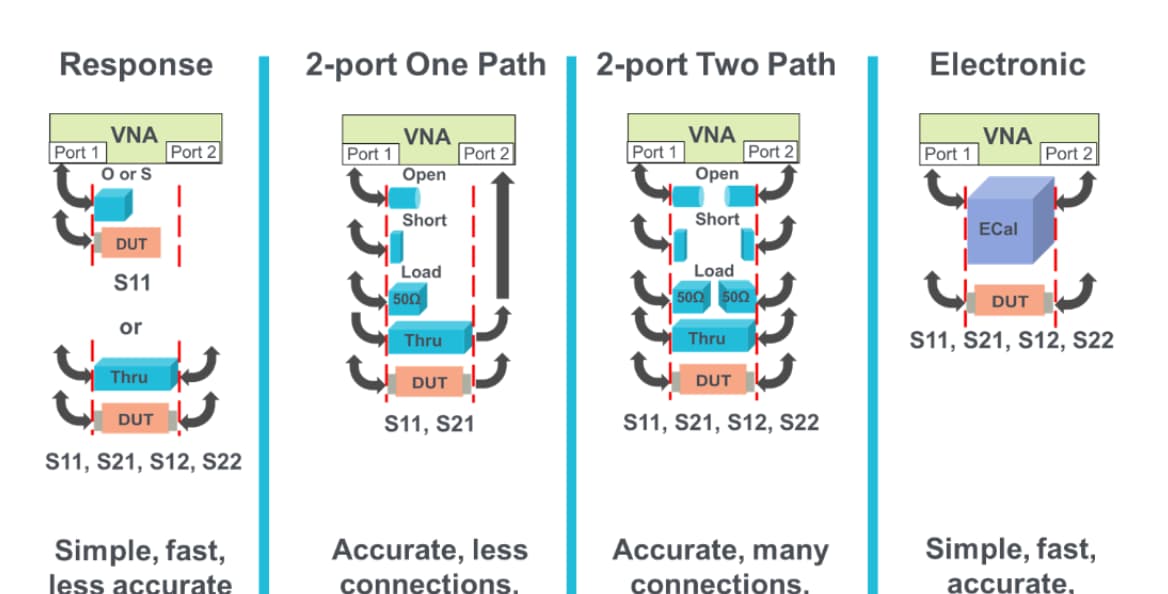
Figure 7: Calibration Techniques for Vector Network Analyzers (VNAs)
Calibration Techniques for Accurate Measurements
Calibration is required to maintain the accuracy and reliability of Vector Network Analyzers (VNAs). VNAs come with advanced calibration features that can be tailored to different testing environments and operational needs. Among these is user-initiated calibration, which allows for precise adjustments on-site, ensuring that measurements align with specific conditions.
• Response Calibration
This is the most basic calibration method, involving the measurement of a known standard to adjust the VNA's response. It’s a straightforward technique suitable for simple tasks, especially where only reflection measurements are required.
• Full One-Port and Two-Port Calibration
These methods offer more comprehensive adjustments. By using known standards, they correct both magnitude and phase errors in reflection and transmission measurements. These techniques are dynamic for applications demanding high precision and are commonly used when both reflection and transmission data need to be accurate.
• Electronic Calibration (E-Cal)
This technique automates the calibration process using electronically controlled standards. It significantly cuts down setup time and minimizes the risk of human error. E-Cal is particularly useful in environments where frequent recalibrations are required due to changing test conditions.
Applications of Vector Network Analyzers in Modern Technology
Vector Network Analyzers (VNAs) are required instruments across various fields, playing a perilous role in the development and testing of RF systems.
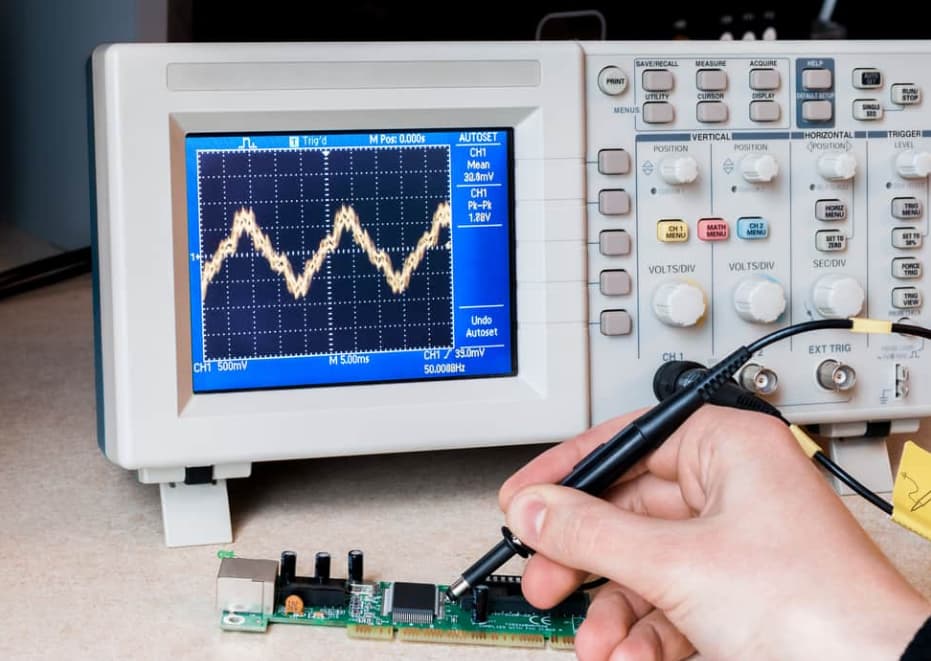
Figure 8: Component Testing
VNAs are cast off for evaluating RF components like amplifiers and filters. They measure dynamic parameters such as gain, return loss, and operational stability, ensuring that each component performs within its specified limits.
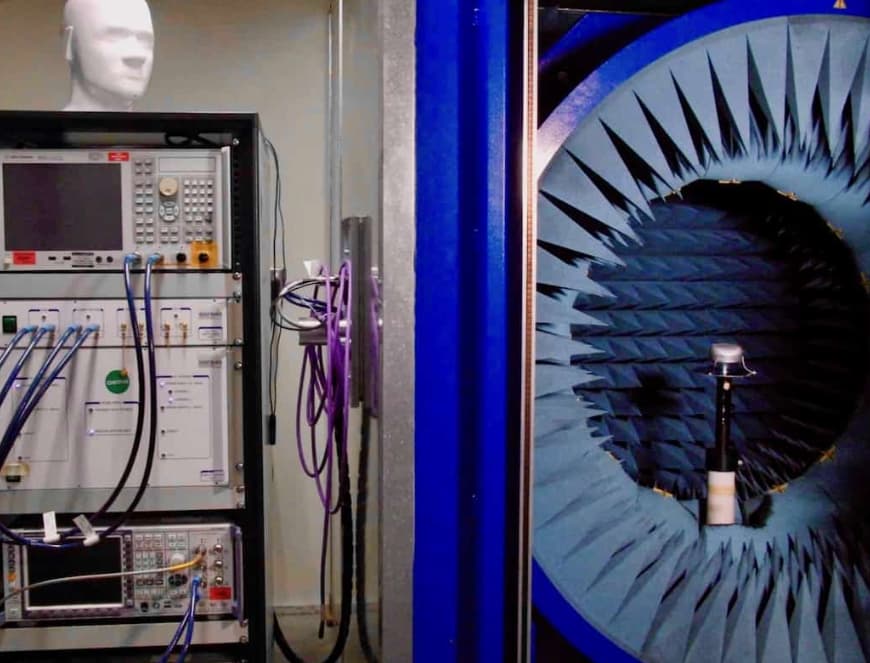
Figure 9: Antenna Design and Testing
VNAs are instrumental in optimizing antenna designs by measuring key parameters like antenna gain, radiation patterns, and impedance. These measurements help improve antenna performance and efficiency.

Figure 10: Cable Testing
VNAs are used to verify the integrity of RF cables. They measure insertion loss and phase stability, which are used to maintain signal quality over long distances.

Figure 11: Material Analysis
VNAs can also analyze the dielectric properties of materials, providing serious data for electronics manufacturing and materials science. This analysis helps in selecting the right materials for specific applications.
Conclusion
The exploration of Vector Network Analyzers (VNAs) reveals their requisite role in the realm of electronic and RF system development. With their advanced capabilities to measure both amplitude and phase, VNAs offer a depth of analysis unattainable with simpler devices like Scalar Network Analyzers or even Spectrum Analyzers. Their application extends beyond mere component testing to encompass a comprehensive suite of functions that include sophisticated calibration techniques, detailed network characterization, and the optimization of complex RF pathways. VNAs, with their multipath capabilities and integration with modern software, stand as cornerstones in the technological infrastructure, driving innovations and precision in everything from telecommunications to satellite systems.
This complete analysis not only highlights the technical prowess of VNAs but also reflects on their evolutionary trajectory in adapting to the demands of modern technology landscapes. The discussion underscores the grave importance of VNAs in ensuring design efficiency, system reliability, and operational excellence in various high-stakes industries. As technology continues to advance, the role of VNAs will likely grow, reflecting ongoing innovations and the expanding complexity of electronic systems.
Frequently Asked Questions [FAQ]
1. How does a vector network analyzer work?
A Vector Network Analyzer measures the complex impedance of a device by sending a known signal through it and analyzing how the signal is altered. It sends this signal at various frequencies and receives the outgoing signal from the device under test. The VNA compares the outgoing signal against the original to determine both magnitude and phase changes. This information helps in understanding how a device behaves across different frequencies.
2. What is a vector signal analyzer used for?
A Vector Signal Analyzer is primarily used for detailed analysis of the modulation characteristics of complex signals. It is used in telecommunications to analyze the quality of signals being transmitted and received, focusing on parameters like frequency, phase, and amplitude. This is insistent for optimizing system performance and troubleshooting in wireless communications.
3. What is a vector network analyzer and how is it different than a scalar network analyzer?
A Vector Network Analyzer measures both the magnitude and phase of a signal, providing a detailed view of a device's network characteristics across a range of frequencies. In contrast, a Scalar Network Analyzer only measures the magnitude of a signal. The ability of a VNA to measure phase, in addition to magnitude, allows for more comprehensive testing and analysis of devices.
4. What is the frequency range of VNA?
The frequency range of a Vector Network Analyzer can vary widely depending on the model and design, typically spanning from a few kilohertz (kHz) up to several terahertz (THz). Some specialized models are designed to work at specific frequencies suited to particular applications like telecommunications, radar systems, and other RF applications.
5. Why is a VNA noteworthy?
A Vector Network Analyzer is serious for designing, testing, and maintaining components in RF and microwave industries. It ensures that devices like antennas, cables, and amplifiers meet their specified performance criteria across all operational frequencies. Its ability to measure both amplitude and phase is dynamic for ensuring that systems are reliable, efficient, and capable of meeting stringent operational standards.